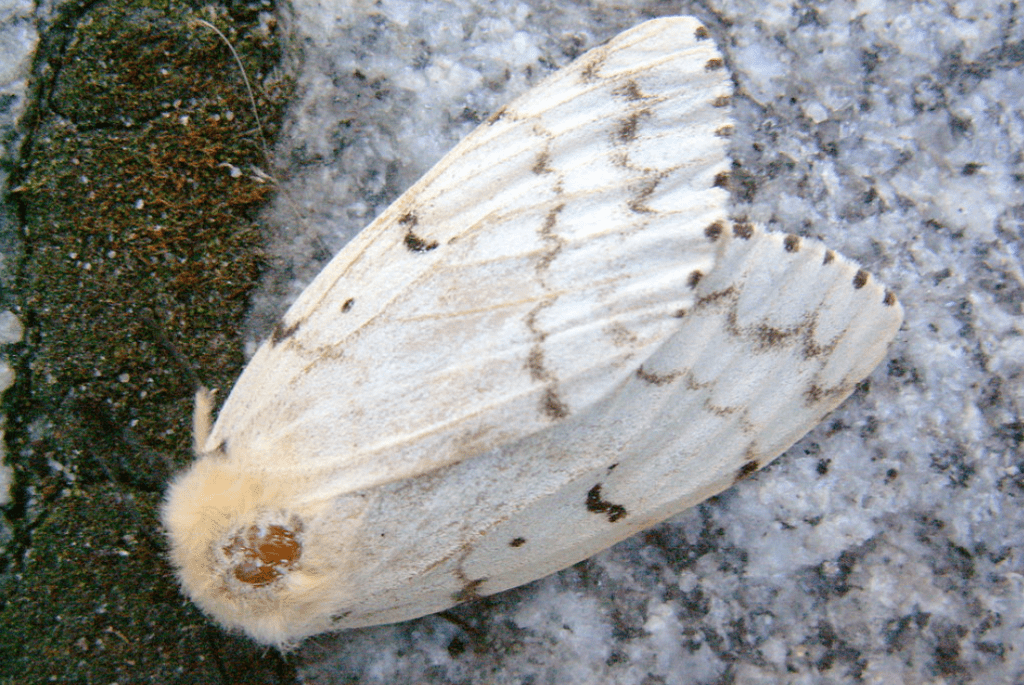The gypsy moth (Lymantria dispar dispar) is a destructive pest present in many parts of the world. It attacks over 1,000 species of plants, including fruit and nut trees, and is dreaded by growers. Now, the Entomological Society of America, which oversees the common names of bugs, is trying to get rid of its name.

The move comes after a review of 2,000 common insect names, part of an effort to remove derogatory and geographically inaccurate names.
“It’s an ethnic slur to begin with that’s been rejected by the Romani people a long time ago,” said society president Michelle S. Smith. “Second, nobody wants to be associated with a harmful invasive pest.”
The move isn’t without precedent. Some 20 years ago, a committee of fish experts renamed the jewfish, calling it goliath grouper. But for the Entomological Society, it will be the first time an insect’s name will be changed because it is offensive (previous changes were only because the names were not scientifically accurate).
The Entomological Society of America, which oversees the common names of bugs, is getting rid of the common name of both that critter and the lesser-known gypsy ant. The group this week announced that, for the first time, it changed the common name of an insect because it was offensive. In the past, they’ve only reassigned names that weren’t scientifically accurate. The move isn’t without precedent. Some 20 years ago, a committee of fish experts renamed the jewfish, calling it goliath grouper.

It’s not entirely clear how the gypsy moths got their name in the first place, but the likely theory is that they got it because as larvae, they have hairs with small air pockets, that balloon and allow them to travel afloat for miles, wandering about like the Romani people of yore. Another, more straightforward explanation, is that male adult moths have a color that resembles the Romani people.
Now, the entomological society is looking for a replacement name, a process that will likely take months. In the meantime, researchers are encouraging people to refer to the problematic species using their Latin names. If you have any suggestions, you can send them to the Entomological Society.
“You’re not allowed to use obscenities,” said University of Illinois entomologist May Berenbaum, a past society president, “so that’s out.”









